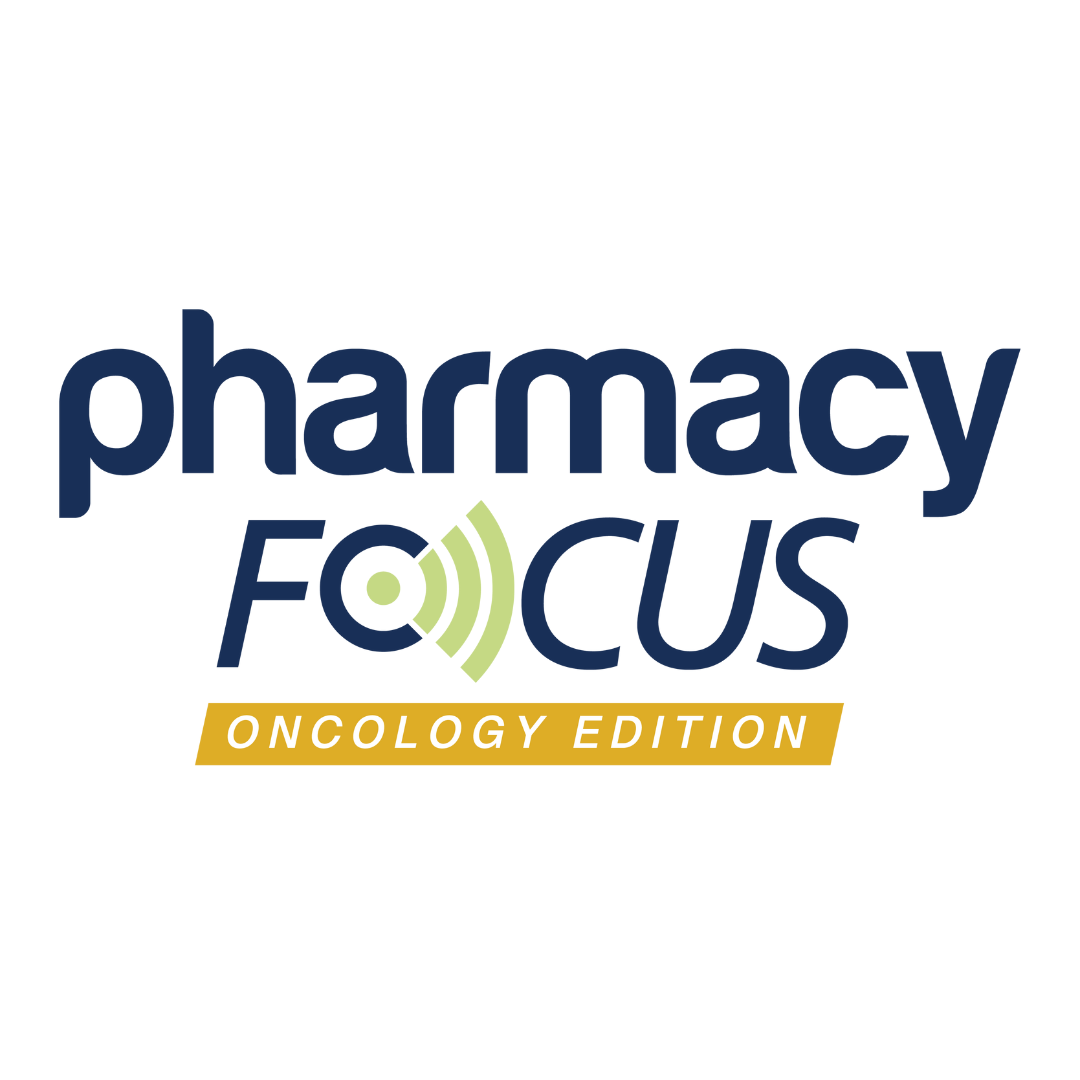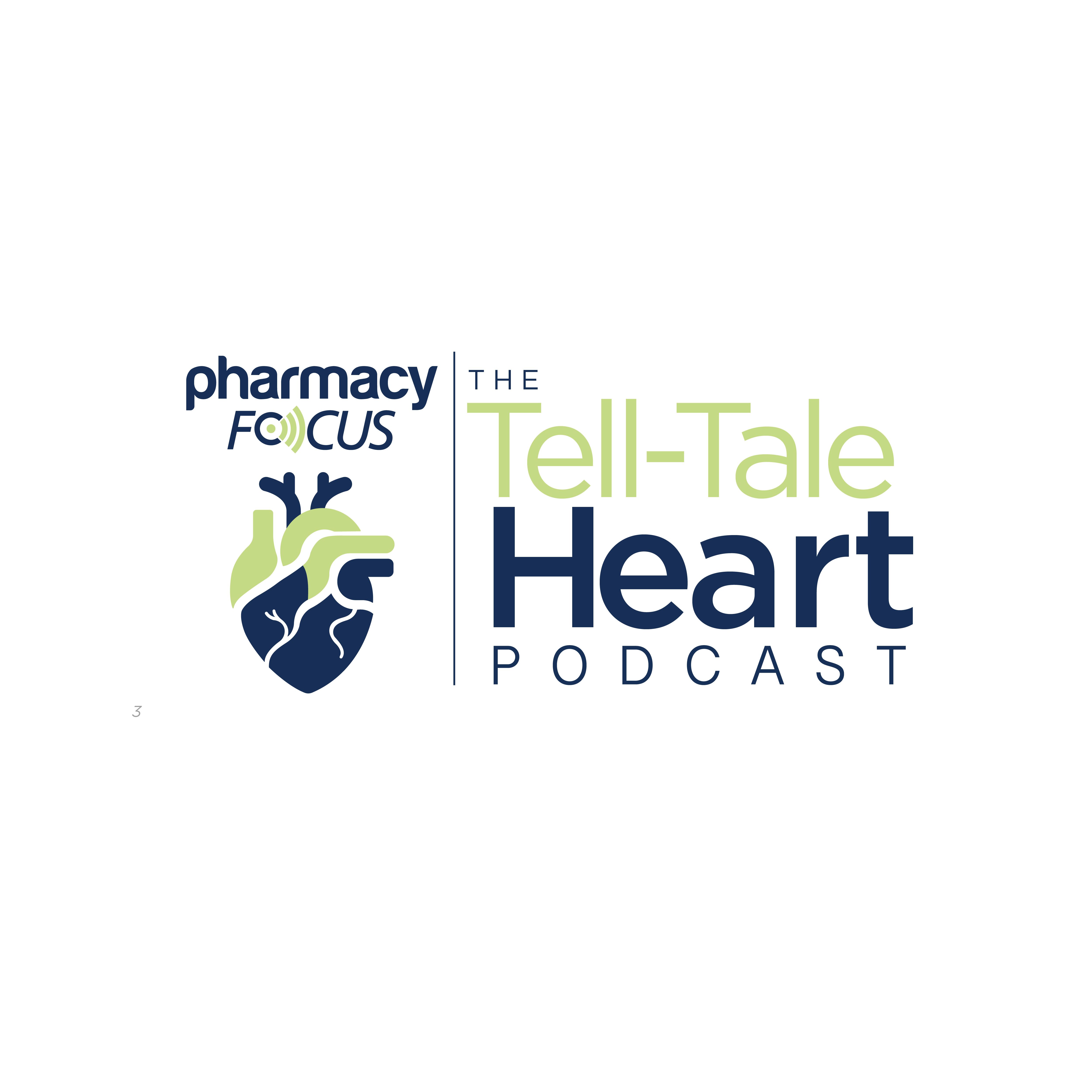News
Video
Insights From HOPA 2025: Pharmacists Discuss CAR-T Safety at a Comprehensive Cancer Center
Author(s):
Amir Ali, PharmD, BCOP, and Allison Hsieh, PharmD share insights from their presentation about cytokine release syndrome, ICANS, and CAR T-cell therapy.
In an interview with Pharmacy Times, Amir Ali, PharmD, BCOP, a clinical pharmacist specialist at the University of Southern California (USC) Norris Comprehensive Cancer Center, and Allison Hsieh, PharmD, PGY2 oncology pharmacy resident at USC Norris Comprehensive Cancer Center, discussed a study analyzing the rates of cytokine release syndrome (CRS) and immune effector cell-associated neurotoxicity syndrome (ICANS) in patients receiving chimeric antigen receptor (CAR) T-cell therapies. They shared insights into their findings, which were presented at the HOPA Annual Meeting 2025, as well as discussing their career paths as oncology pharmacists.
Pharmacy Times: Can you introduce yourselves?
Amir Ali, PharmD, BCOP: My name is Amir Ali. I'm a clinical pharmacist specialist out of the [USC], adjunct faculty at the school of medicine and pharmacy, and recently a residency program director for our program. I work in the clinics, primarily seeing hematology patients and transplant patients as well, and I'm excited to be at HOPA this year.
Allison Hsieh, PharmD: My name is Allison Hsieh, and I'm a PGY2 oncology pharmacy resident at USC Norris Comprehensive Cancer Center. I did my pharmacy training at UCSF [University of California San Francisco] and then did my PGY1 training at UCLA [University of California Los Angeles] Medical Center. And I've had the opportunity to rotate through the inpatient and outpatient members at USC, and I'm excited to be at HOPA.
Pharmacy Times: Can you share your experience as a resident?
Hsieh: I think for me, when I was going through even undergrad or pharmacy school, my 2 interests were always in oncology and infectious diseases. Personally, the reason I went into oncology was mostly for personal or family reasons. And then, between those 2 fields, I felt like oncology gave a good mix—not just the cancer portion, but also the fact that a lot of these patients are immunocompromised, so they often go through a lot of infections. So, it kind of blended those two subjects together.
I've really enjoyed the opportunities to rotate through both the inpatient and outpatient sides. My experience during PGY1 pharmacy residency was mostly on the inpatient side and in some infusion centers. I was excited to now kind of shift over to the outpatient side and see what it’s like to be in the clinics and actually get to see patients face-to-face and kind of see their journey—going from inpatient and then transitioning into outpatient care.
I think if I have any piece of advice, I always tell people to take the risk and go for it, because you never know what the future holds. And I think pursuing the specialty residency will give you a lot more options, especially in oncology, where it’s such a huge and fast-growing field. Now you have opportunities in inpatient, clinic-side, and ambulatory infusion centers, and also in industry as well.
Pharmacy Times: What did you present at the HOPA Annual Meeting 2025?
Hsieh: We’ve seen in the pivotal trials that led to the FDA approvals of CAR T therapies that there are a lot of safety concerns and side effects associated with them—especially CRS, which is cytokine release syndrome, and ICANS, known as immune effector cell-associated neurotoxicity syndrome. In these studies, although the efficacy of CAR T was high, we also noticed that the side effect profiles for CRS and ICANS were high—often in the 80% to 90% range.
Because of this, a lot of patients had more adverse outcomes associated with these therapies. They also potentially had prolonged hospital stays, along with some detrimental long-term effects. So, at our institution, we’ve currently onboarded 3 CAR T therapies, and we wanted to look at whether the rates of CRS and ICANS were similar to what was seen in the pivotal trials—or if our rates were higher or lower.
Ali: To Allison’s point, we’ve certainly seen an increase in demand for real-world evidence data. Many of the trials that come out with pivotal FDA approvals are based on patient characteristics that don’t always reflect the real, difficult-to-treat patients we see in our clinics. So, we wanted to specifically look at our patients—our diverse and often hard-to-treat population—and see how these patients are doing at our large academic center.
Pharmacy Times: What is the significance of meetings like HOPA?
Ali: These meetings are incredibly important. We know that the field of oncology pharmacy is quickly growing and progressing. Oncology pharmacists are becoming core members—well, they already have been—but our practice has been evolving with time. One of the reasons why I enjoy the field so much is because it’s an extremely versatile field to be in. So many different doors open when we enter the realm of oncology, especially on the pharmacy side.
I think this is an amazing opportunity for learners to showcase their work—their research that they’ve been conducting throughout the year—their updates and data, to learn from new presenters, and to connect with fellow pharmacists in the field. So definitely, it’s one of the highlights I have in the year in terms of conferences. I’m very happy to attend each year and always look forward to it.
Hsieh: So, I also presented a poster here, and I actually met up with Amir last year. I was only able to attend one day last year, so I’m excited to be able to attend more days this year. But I just distinctly remember last year—it was really interesting getting to see some of the groundbreaking research and sessions, because some of those sessions that I sat in on and learned about were actually research trials that I would later discuss a month later in my PGY-2. So, I think it was helpful getting a good background experience prior to starting PGY-2, and I think now being here—having had the experience of sharing research last year—I kind of know more so what to expect and learn about groundbreaking trials.
Pharmacy Times: What data or findings coming out of HOPA do you find particular interest in?
Ali: There are always hot topics that occur each year. I remember in recent years, like at the last conference, the big focus was on menin inhibitors, which are a growing class of therapeutics—targeted mutations that we can target for AML [acute myeloid leukemia], for example.
In past conferences, also, one of the focuses has been on bispecifics, mostly in the hematology space—how do we operationalize bispecifics? How do we safely administer them? I think this is one of the first years that we've now seen bispecifics being approved for solid cancers as well. So, we know there are various sessions right now discussing the bispecific use in solid malignancies and some of the implications there.
But really, I think we're a close-knit community—us and all the rest of the oncology pharmacists out there, my partners in industry—we want to push forward patient care and our practice as well. So very excited to see how others are practicing throughout the nation and how we can further progress our patient care.
Hsieh: I would just echo what Amir was saying about just seeing how other centers are practicing—seeing how other programs may extend guidelines, schools, or different guidelines—just looking to learn from other centers. And then I would also say that I am excited to see and listen to more of the oral oncology sessions, just because I feel like I haven’t had as much experience with that. So I'm excited to learn about the upcoming oral chemotherapies.
Newsletter
Stay informed on drug updates, treatment guidelines, and pharmacy practice trends—subscribe to Pharmacy Times for weekly clinical insights.






